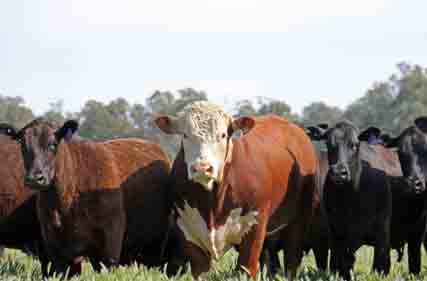The Bald-Faced Truth
Cattlemen from across the country are learning the bald-faced truth about the impact Hereford genetics can make within their operation. What have you noticed while using Hereford cattle?
Posted by American Hereford Association on Friday, February 8, 2019

